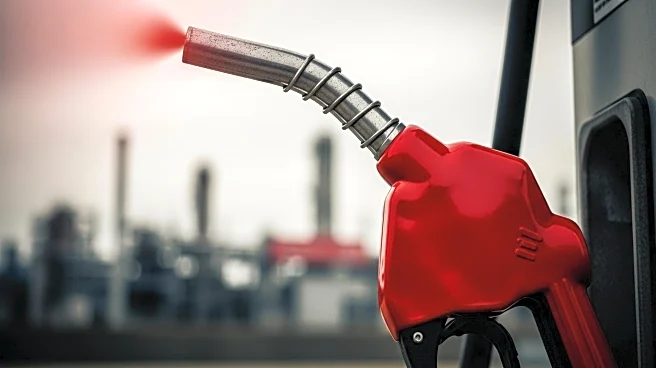What is the story about?
What's Happening?
Gas prices in Oregon have surged by 15 cents in the past week, reaching $4.28 per gallon, largely due to a combination of factors including maintenance and repairs at refineries in Washington and California. The shutdown of the Olympic Pipeline, which transports fuel from Washington refineries to Portland, has exacerbated the situation, necessitating more expensive fuel transport by barge. The switch to cheaper winter-blend fuel is expected to provide some relief, although the timeline for price reduction remains uncertain.
Why It's Important?
The spike in gas prices in Oregon highlights the vulnerability of regional fuel supply chains to disruptions. The increased costs impact consumers and businesses, potentially leading to higher transportation and goods prices. The situation underscores the importance of infrastructure resilience and the need for diversified energy sources to mitigate such impacts. The economic strain on consumers could influence public sentiment and policy discussions around energy security and infrastructure investment.
What's Next?
As the Olympic Pipeline resumes operations and refineries switch to winter-blend fuel, gas prices are expected to decrease gradually. However, the exact timing and extent of relief remain uncertain. Stakeholders, including policymakers and industry leaders, may explore measures to prevent future disruptions and enhance supply chain resilience.
AI Generated Content
Do you find this article useful?














